Posture is the position that the body adopts during muscular activity or as a result of coordinated movement by a set of muscles attempting to maintain stability. It involves the proper positioning of bones, joints, muscles, and nerves and describes how your spine is aligned with your head, shoulders, and hips.
Postural abnormalities are any type of misalignment in the skeletal system that is usually accompanied by pain, such as back pain, leg pain, etc., and occurs when the spinal system or structures that control body movement are not properly aligned.. When the spine is positioned incorrectly, it can cause body deformities or poor posture. In these conditions, the spine curves, putting the joints, muscles, and vertebrae in a painful and uncomfortable position. Our backaches and pains are mostly brought on by this intense increase in pressure on the tissues, joints, and vertebrae.
Painful conditions caused by poor posture & postural abnormality are so common that most people know enough about them. Back pain is the most common problem caused by bad posture. Research has shown that neck, shoulder, and arm pain are increasing rapidly among people. Postural abnormalities have visible and painful symptoms.
We will discuss various types of postural abnormalities in this article, although the skeletal and muscular systems are integrated and the causes of “skeletal and muscular abnormalities” are frequently connected.
“Athletes’ postural assessment” is one of the favorite areas of sports chiropractors and massage therapists. Experts believe that there is a potential relationship between body asymmetries (skeletal abnormalities) and load accumulation on one side of the body, uneven muscle tone, and, as a result, certain injuries in athletes.
“Athletes’ postural assessment” is one of the favorite areas of sports chiropractors and massage therapists. Experts believe that there is a potential relationship between body asymmetries (skeletal abnormalities) and load accumulation on one side of the body, uneven muscle tone, and, as a result, certain injuries in athletes.
1. Static postural abnormality assessment
The initial symptoms of postural abnormalities include back, leg, shoulder, neck, and arm pain.
You can measure the situation relatively by visual examination as an initial assessment of posture .
Good posture: standing and sitting balanced in a straight line through the ears, shoulders, and hips; in other words, proper alignment of the body in standing and sitting positions.
Bad posture:
Bad postures all involve taking the spine out of its neutral alignment position. Common postural abnormalities includes forward head, swayback, and flatback. The other symptoms include slouched back, rounded shoulders, hunched back (kyphosis), bent knees when standing or walking, swayback, low back, locked knees, and pot belly.
1.1) Do you have good posture?
Checking these things will help you determine whether or not you have good posture.
- Is my head straight and not tilted back or forth?
- Do my ears line up with the middle of my shoulders?
- Is my hip correctly aligned with my shoulder and knees?
- Are my hips aligned with my shoulder?
- Is my stomach flat?
- Do I have lumbar curve in my lower back?
- Are the kneecaps bent or straightened?
- Is the ankle straight or angled?
- Is the chin completely parallel to the floor?
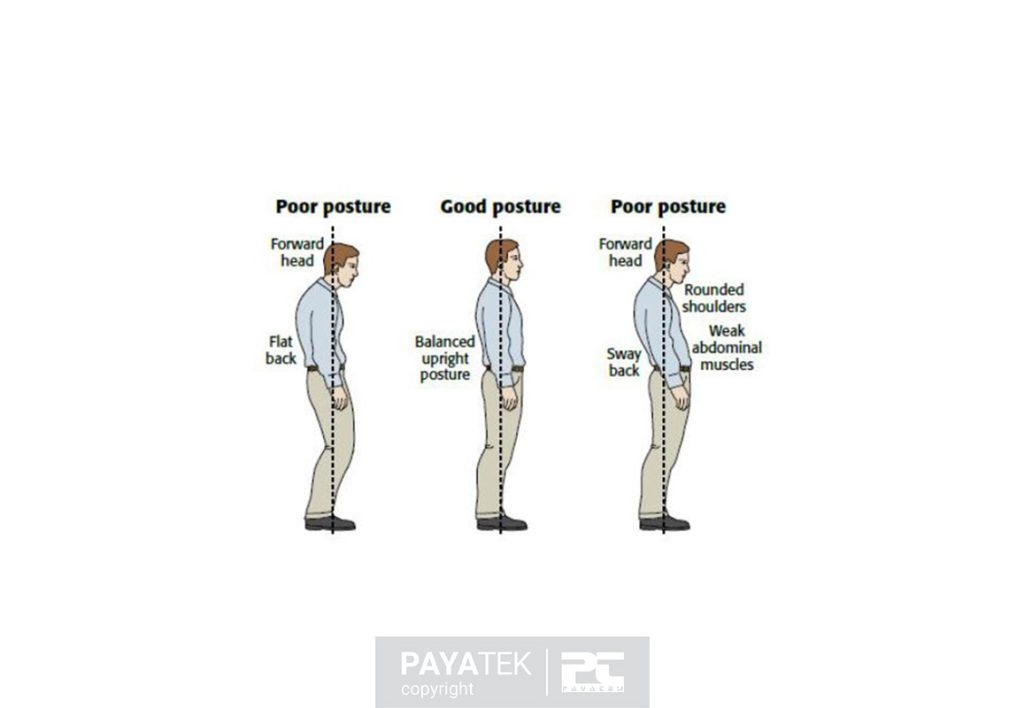
2. Elements that guarantee the absence of pastural anomalies
Many factors play a role in the health of the body’s skeleton and spine. These factors include:
- Strong muscles to move
- Strong vertebrae
- Strong bones to withstand blows
- Flexible spinal ligaments
- Strong back muscles
- A sound nervous system that can monitor activities and provide coordination and balance
- Mental health must also exist to provide energy and motivation to be physically active
3. Problems caused by postural abnormalities
3.1) Arthritis and back pain:
Most people report soft tissue and joint abnormalities ranging from serious injuries to acute conditions. Two of the most acute conditions that exist are arthritis and back pain. Key risk factors for this group include obesity, inactivity, and injury.
It is good to know that postural abnormalities can increase stress on your spine and lead to the development of spinal arthritis.
3.2) Osteoporosis and brittle bones:
The WHO website defines osteoporosis as: “a progressive skeletal disease characterized by low bone mass and deterioration of bone tissue consequent increase in fracture risk.” In the world, 1 out of every 3 women over 50 years old experiences osteoporosis. While this number is 1 out of every 5 men. Falls are considered a risk factor for injury and a major public health issue for everyone. People who have weaker muscles, inflexible joints, and systemic discord are more prone to contracting this illness. One of the most important elements in preventing osteoporosis is increasing physical activity.
3.3) Inflammation:
Rheumatoid arthritis, psoriatic arthritis, and ankylosing spondylitis are three conditions associated with autoimmune or inflammatory arthritis. In autoimmune disorders or inflammatory arthritis, the body’s immune system attacks the joints or occasionally interior organs. A physiotherapist should be consulted by those who have this condition so that they can receive treatment with exercises to improve muscular strength, joint flexibility, and other conditions.
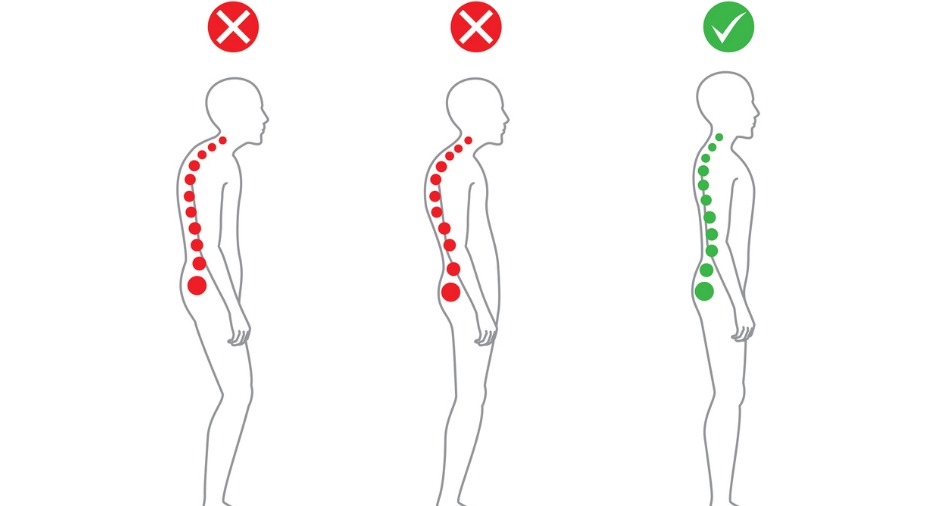
4. Causing postural abnormalities / poor posture
Body abnormalities are primarily created in the workplace because poor posture is a result of long-term or repetitive mechanical or biomechanical factors, which injure and weaken the bones and muscles. Daily actions performed at home or elsewhere, however, can also play a role in the development of body abnormalities.
Effective factors in causing postural abnormalities:
- Repetitive activities
- caused by lifting heavy objects.
- Working in difficult and exhausting conditions
- Doing activities that harm the body
- Stress
5. Spine health in the workplace
People’s workplaces play an important role in their spine health. Most of us experience back and leg pain after a day’s work. Every person, when they work more than they can, is actually putting their spinal system at risk. In such a situation, a target assessment of the workplace reveals whether the employees have the ability to withstand the fatigue caused by this work or not.
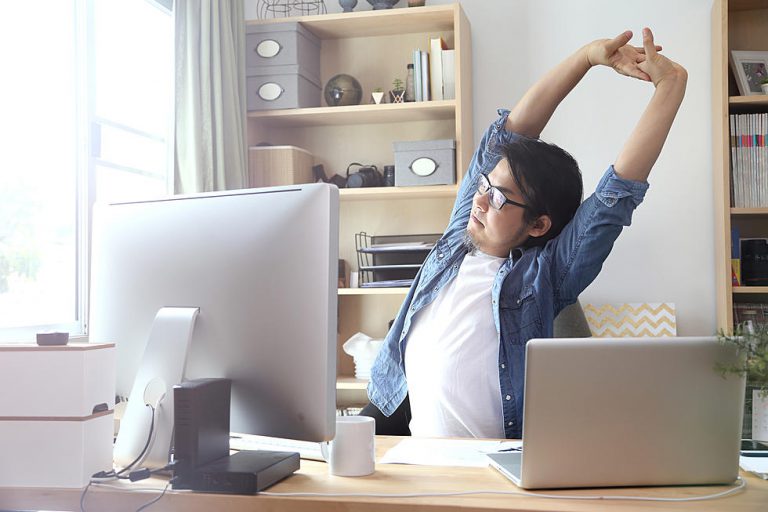
Some of the risk factors associated with postural abnormalities in the workplace are:
5.1) Activities that are repeated many times:
In nature, several routine actions and tasks are repeated. Repeated occupational tasks can result in abnormal posture, back pain, leg pain, and other problems when paired with additional risk factors already present, such as excessive body force application and poor posture.
5.2) Excessive use of body strength:
Some work activities require a lot of force from the person’s body. If the body’s strength increases, the effort of the muscles also increases, as a result of which they get tired and the risk of suffering from postural abnormalities, back pain, leg pain, etc., increases.
5.3) Poor posture in the workplace/ poor workplace posture
As a result of poor posture, the muscles and tendons surrounding the joints are overworked and subjected to excessive strain. The body’s joints are at their most efficient when they are moving freely within their range of motion. But the chance of developing physical abnormalities increases as soon as you move outside the range of motion permitted.
Back pain, workplace stress, and repetitive strain injuries can all be caused by poor postural provisions in workplace. This may lead to poor health and low morale among the employees, which may ultimately result in decreased output, lost time, and increased costs for the company.
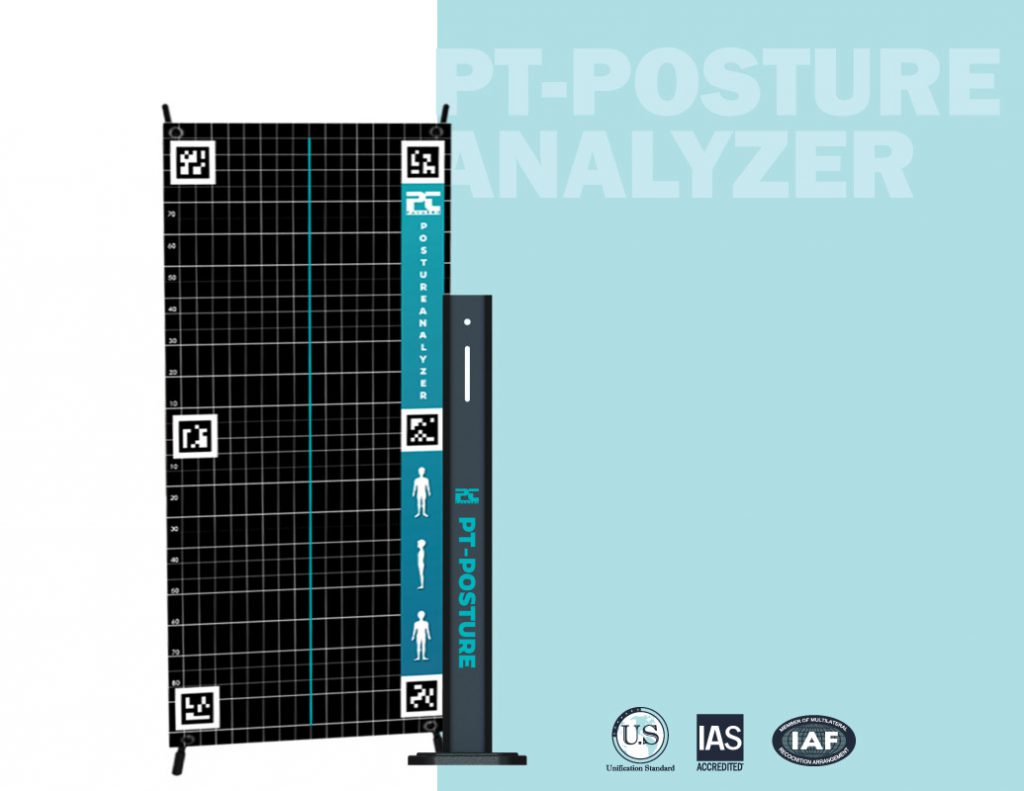
PayaTek
6. Four common postural abnormality
6.1) Kyphosis posture
Hunchback, or kyphosis! Imagine a person with a hunched back, forward-rounded shoulders, an exaggerated back curvature, and typically a hyperflexed neck! Typically, these individuals appear bent and depressed at first glance. When your shoulders are rounded forward and your upper back (also known as the thoracic spine) is excessively curved, this is referred to as kyphosis or hunchback.
20 to 40% of people worldwide have kyphosis. Women between the ages of 50 and 70 see the most significant change in the kyphosis region of the spine. Elderly people, office workers, large-breasted women, fat people, and extremely tall people commonly encounter kyphosis posture issues.
One of the main causes of kyphosis can be mentioned: degenerative diseases of the spine (such as arthritis or disk degeneration), Compression fractures, which can occur in weakened bone, Bad habits developed during childhood and adolescence as a result of diseases such as polio or Scheuermann’s disease, infection, or chemotherapy or radiation used to treat cancer in young people, biomechanical changes, slipping of one vertebra forward on another (spondylolisthesis), and injury (trauma).
Your head begins to move forward while you are still in your fixed position. The pressure and weight of the body on the spine and neck are increased as a result of this condition. The head should naturally pass through the shoulders and ears in a straight line.
6.2) lordosis posture
Every person’s spine has curves in the neck and back. These curves that make the S shape of your spine are called kyphotic and lordotic. These curves help the body:
- absorb shocks to the body
- Bear the head weight
- The head should be aligning the pelvis
- Stabilize the body structure
- Give flexibility to easy body movement
The spine of all humans has some standard curvature, but in the case of people with lordosis, this curvature is more than the standard. Also, in the pelvic part of the spine, there is a great slope and the head is also pushed forward. A situation similar to an empty waist or pigeon’s chest
If your spine curves too far inward, it is called lordosis. Pain from lordosis can occasionally make it difficult to move. It typically occurs in the lower back, where the inward curve might give the appearance that the buttocks are larger.
The treatment of lordosis depends on the seriousness of this condition and the way in which it occurs. Physiotherapy and daily exercises can be mentioned among the methods of treating this condition. Lordosis is very common in pregnant women and truck drivers.
6.3) Swayback posture
Lower back pain frequently results from a specific type of postural abnormality called swayback. Swayback posture is characterized by exaggerated spine curvature, forward-tilting hips, and the appearance of leaning back while standing.
One of the characteristics of swayback posture is lumbar lordosis. However, if the other characteristics are absent, some people may have lordosis without swayback posture.
One of the most prevalent types of postural misalignment is swayback posture.
6.4) Flatback posture
In people with flat backs losing their normal curve in the spine and tipping pelvis backward. as a result, they tend to lean forward to maintain the balance. It is difficult for these people to stand for a long time, and they usually experience back and leg pain. This condition can be caused by degenerative disc disease, compression fracture.
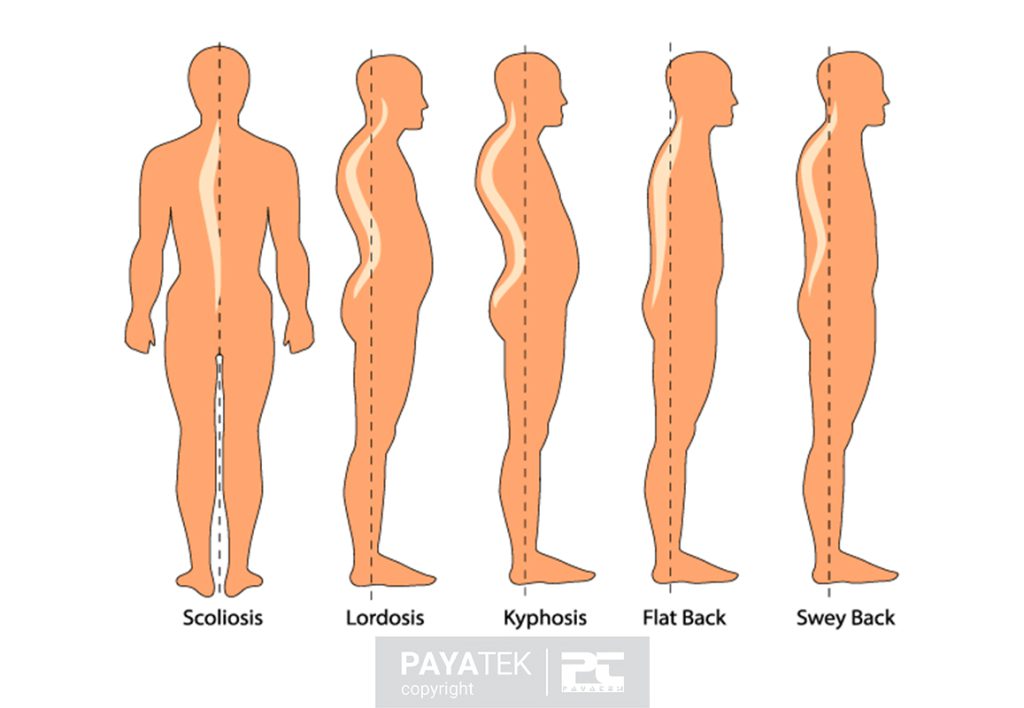
It takes more than just standing up straight to look your best to have good posture. It plays a crucial role in your long-term wellness. Whether you are moving or not, holding your body correctly can help you avoid pain, injuries, and other health issues.
Some risk factors are:
7.1) Inability to perform an activity correctly
Employees who do not know the correct ways of performing activities are more prone to suffering from postural abnormalities than other people. These incorrect methods put too much pressure on the body and cause the joints to tire and not recover.
7.2) Unhealthy habits:
Employees who smoke, drink a lot of alcohol, are obese or have unhealthy eating habits are at risk of suffering from postural abnormalities and other chronic diseases that shorten their lives.
7.3) Lack of rest and recovery:
Postural abnormalities develop when fatigue overwhelms the body’s ability to recover and causes an imbalance. These types of diseases are more likely to affect workers and employees who don’t get enough rest and don’t give their muscles and joints the time they need to recover. Unfortunately, we frequently encounter workers and employees who are experiencing back and leg pain.
7.4) Nutrition, exercise, and poor hydration for the body:
A large number of people in many countries are malnourished and dehydrated, and the physical condition of most of them is such that they get short of breath by climbing a flight of stairs. Employees who ignore risk factors and health are more likely to develop chronic illnesses and lose the health of their spines.
8.How to improve your postural Health:
Identify the problem first! Your body condition should be evaluated in periodic posture examinations. This work was done in traditional methods with tools such as guniya scales and checkerboards, and nowadays it is done in less than a minute by using photogrammetry technology with a postural analysis system for analyzing postural anomalies.
Most people can generally correct their bad posture. For those with postural issues, often all it takes is awareness of their skeletal anomalies and postural issues. These people eventually develop a natural sitting and standing posture.
Many people can improve their posture by performing corrective exercises and activities under the guidance of a doctor or other healthcare professional. These exercises typically concentrate on one area of the body, like the pelvis or spine.
Surgery is sometimes the only option, and in these situations, it is only carried out with the express approval of a qualified physician.
Your tables and chairs are really important, so be sure to pay attention to them.
9. How to prevent postural abnormalities?
The key to any human movement or limitation is the mobility system. Fortunately, skeletal abnormalities can often be treated up until middle age. Therefore, if it is detected immediately and early, the issues can be resolved simply and with few complications. The cost of treatment rises along with the patient’s problems as they get older or the complications get more serious. In order to protect themselves from the severity of problems that are unavoidable with aging, the elderly must be under the supervision and consultation of a specialist who is an expert in the skeletal system.
Therefore, during adolescence and youth, it is important to treat and take appropriate care of the body so that the risk of these abnormalities can be decreased.
Developing healthy behaviors in daily life is one of the most crucial steps in preventing these problems. Your muscles, bones, and joints may remain strong with routine stretching and strengthening activities. The best practices to prevent postural abnormalities are keeping your back straight, avoiding heavy lifting, and reducing repetitive movements.

 فارسی
فارسی